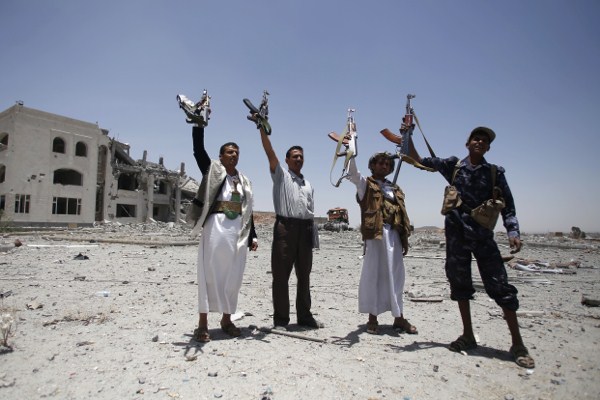Since the first Saudi-led airstrikes in Yemen in late March, aimed at dislodging the Zaydi Shiite Houthi movement from the towns and cities they hold across the country, a number of competing and contradictory narratives have emerged.
Who, exactly, is fighting whom? What are their aims? And who is winning on the ground? Thanks to sporadic coverage of the ongoing military offensive and a lack of substantive reporting from the ground, these questions have remained largely unanswered.
Yet several things have become clearer. First, the bombing campaign alone will not allow the Saudis to meet their strategic goals in Yemen against the Houthis, which Riyadh views as a Hezbollah-like Iranian proxy. Second, resistance to the Houthis on the ground is being conducted by a wide array of groups that share few common goals beyond repelling the Houthis from the areas they control. In the vast majority of cases, resistance to the Houthis’ rapid territorial expansion has been driven by perceived threats to local autonomy, fears over the imposition of the Houthis’ sectarian agenda and, in the case of many southern Yemenis, a desire for independence from the north.

